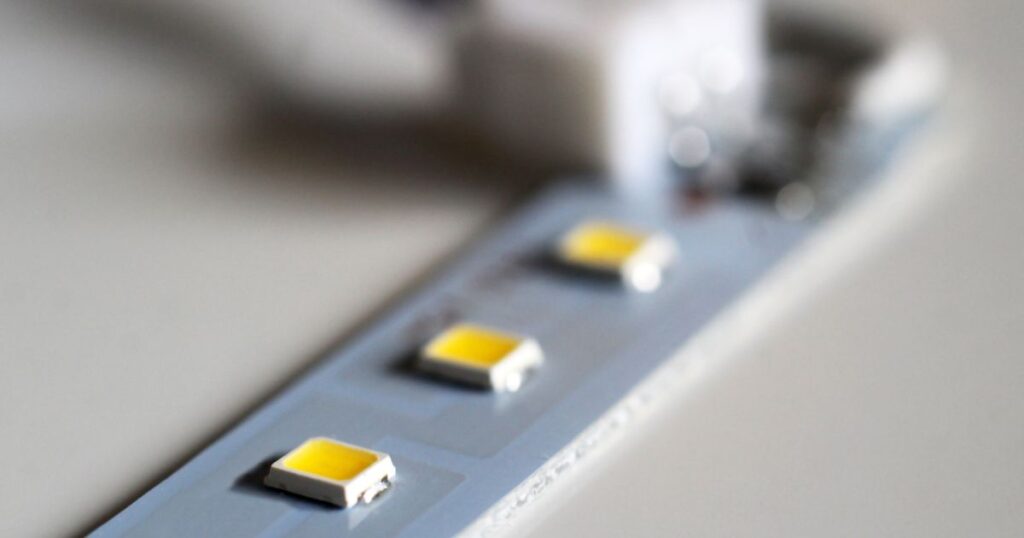LED Property Lighting
DesignLights Consortium (DLC) Light Quality Considerations for the V5.0 2020 Standard
DesignLights Consortium Light Quality Considerations for V5.0
DesignLights Consortium (DLC) is a voluntary certification program focusing on energy efficiency in the LED/SSL industry. It operates as a resource for the lighting industry, utility companies and others striving to improve higher LED performance. North American utility companies use product information to establish criteria for lighting incentive programs. The DLC website presents itself as “a non-profit organization dedicated to accelerating the widespread adoption of high-performing commercial lighting solutions.”
DesignLights Consortium Rating or Approval
To receive a DLC rating or approval, test results must meet specified performance and energy efficiency benchmarks. The certification assessment of light distribution, color and longevity are evaluated by DLC approved testing laboratories. Energy efficiency standards are constantly evolving as are performance classifications as reflected in the 2015 introduction of the “premium” designation, which supports greater utility company incentives.
Evolving Performance Standard for Commercial LED Lighting
In January 2019, DLC released its first draft of a new policy emphasizing higher “light quality” standards for inclusion on DLC’s next generation Qualified Products List (QPL). Based on test data and stakeholder input the new standard, referred to as V5.0, is scheduled to take effect in 2020. Light quality is a broad-based definition encompassing lighting impact on people’s productivity, performance, comfort, mood, safety, health, wellbeing and more. Many criteria qualifying high-quality light are subjective. Time will tell what’s presented in DLC’s final policy.
Other Criteria Defining High Quality Light?

Supporting the assessment are objective factors requiring attribute reporting on color quality, glare, flicker, and optical distribution. These assessment tools provide lighting decision makers with the means to identify high performing luminaires.
DesignLights Consortium Stakeholder Input to V5.0 Standard
The proposed shift in industry standards promotes non-energy benefits such as improving workplace comfort, safety, and productivity. The current draft of V5.0 is concept level. DesignLights Consortium seeks stakeholder input until March 12, 2019. Interested parties should access the DLC website for additional information. Updating the performance standard is the result of fast-paced advancements in lighting technology. Decreased production cost and increased manufacturing competition is pushing lumen output per watt but not fully addressing the importance of controlling glare, optical distribution, color quality and reduced flicker.
“As research improves our understanding of how light affects human health, wellness, and productivity, it’s essential to support development and installation of products whose virtues go beyond saving energy,” DLC Executive Director Christina Halfpenny said. “The DLC’s goal with this new policy is to balance a push for ever-increasing energy efficiency with assurance that illumination of offices, hospitals, schools and other C&I spaces supports human comfort and well-being.”
Other Assessment Considerations
Additional features addressed in the new standard are inclusion of devices and IoT technologies to control light operation. Examples are light dimmers and remote-control management through software applications.
Advancing SSL Performance
Lighting equipment standards published by DLC support identification of high performing products. DesignLights Consortium technical expertise in collaboration with industry stakeholders drives improved luminaire function benefitting building owners and property occupants. The release of V5.0 identifies additional considerations for occupant comfort, safety and productivity and reflects the next step in commercial LED design and light installation.

